And we're finally here, our big official Xbox Series X review.
On November 10, 2020, Microsoft will unleash the Xbox Series X onto the world, and millions have undoubtedly already dropped preorders onto the Xbox Series X and its sibling, the Xbox Series S. For those taking a more cautious "wait and see" approach, every major tech and gaming site will be posting their reviews of the Xbox Series X and S today, having had unprecedented hands-on time with the console. I've been at this gig for several years at this point, and I've never known a manufacturer to ship hardware out for testing so long in advance of the street date, which certainly exudes a degree of confidence. Is that confidence warranted, though?
For the past several weeks, I replaced my Xbox One X with the Xbox Series X, using it as my primary console for fun while also digging into every aspect of the system to write our official Xbox Series X final review.
In this piece, we're going to cover the hardware and design, its capabilities as a gaming console, as well as a centerpiece of your entertainment system. What are we losing, and what are we gaining? Are the tradeoffs worth it? Do the games honor Microsoft's claim that this is the most powerful gaming console ever made? And is the Xbox Series X a worthwhile gaming investment for the near future?
True next-gen gaming
Xbox Series X
Bottom line: The Xbox Series X hardware will NOT disappoint. It's powerful, sleek and modern, and games that are optimized to take advantage of all the new hardware will truly shine. But about those games … it's still unclear just how well Microsoft will do creating compelling AAA exclusive games that utilize everything Series X has to offer.
Pros
- Superb design in powerful hardware
- Efficient cooling and silent sound
- Quick resume multiple games faster
- Xbox Games Pass future is exciting
Cons
- Sad launch lineup of games
- Disappointing media center features
Xbox Series X review: Specs, hardware and design
| Category | Xbox Series X |
|---|---|
| Processor | 8x Cores @ 3.8 GHz (3.66 GHz w/ SMT) Custom Zen 2 CPU |
| Graphics | 12.155 TFLOPS, 52 CUs @ 1.825 GHz RDNA 2 GPU |
| Die Size | 360.45 mm2 |
| Process | 7nm Enhanced |
| Memory | 16 GB GDDR6 w/ 320mb bus |
| Memory Bandwidth | 10 GB @ 560 GB/s, 6GB @ 336 GB/s |
| Internal Storage | 1 TB Custom NVME SSD |
| I/O Throughput | 2.4 GB/s (Raw), 4.8 GB/s (Compressed, with custom hardware decompression block) |
| Expandable Storage | 1 TB Expansion Card (Sold Separately) |
| External Storage | USB 3.2 External HDD Support |
| Optical Drive | 4K UHD Blu-Ray Drive (No 3D Blu-Ray Support) |
| Performance Target | 4K @ 60 FPS, up to 4K @ 120 FPS, 8K @ 60 FPS |
| Color | Matte Black |
| Size | 301mm x 151mm x 151mm |
| Price | $499 |
When the Xbox Series X design was first revealed, people were immediately shocked by its apparent size. Not too long after, we learned that the PlayStation 5, the Xbox Series X's main competition, sports a similar volume. The reality of thermodynamics is catching up to console design; as PCs push ever-increasing power, the form factor of consoles also changed to accommodate necessary cooling technology.
With this in mind, it's hard to find anything to fault in the Xbox Series X's visual design, unless you intend to lay it out flat, that is. Clearly, this console was designed vertically-first, with a profile that is at least superficially similar to modern smart speakers and compact PC towers. The design is comfortingly familiar while also being undeniably Xbox.
Microsoft doesn't score any points for its horizontal configuration, though, which many may be exploring. The unsightly foot at the base just looks awful when exposed, as if the console had been toppled over. It at least remains functional, with small feet that keep the side panel from scraping on the surface of whatever it's placed on. The feet are barely visible if you're concerned about them being an eyesore when you do have the console stood up vertically.
Having the console horizontal or vertical won't affect the thermals or usability of the system in any way from our testing. The ports' layout is a tad more annoying than they were on the Xbox One S and X. Instead of a line of ports, they're stacked on top of each other in an irregular pattern. Microsoft tried to make it easier by adding engravings next to the ports to feel them out with your fingers. It's a nice touch, but when there are wires, USB devices, memory cards, and dongles plugged in, it doesn't help as much as I'd like.
| Loading Speed Test | Xbox Series X (SSD) | Xbox One X (HDD) |
|---|---|---|
| Monster Hunter: World | 4.7 seconds | 35.6 seconds |
| Gears 5 | 8.9 seconds | 47 seconds |
| State of Decay 2 | 13.1 seconds | 1 minute 3.4 seconds |
| Fortnite | 10.2 seconds | 24.3 seconds |
| Rocket League | 4 seconds | 5 seconds |
Speaking of ports, Microsoft opted for a proprietary tech solution to expandable storage, in the form of the $220 Seagate 1TB NVME Expansion Card. The next-gen consoles use NVME SSD storage not only to speed up loading times but also to give developers more next-gen tools. The cards themselves are small and well-built, and Microsoft says other manufacturers will offer competing solutions, which should bring the price down. The metal parts of the cards do get incredibly warm (as NVME storage would inside your laptop as well). Thankfully, they have thick plastic handles for removal and insertion. The cards are certainly easier to manage than typical NVME m2 drives we get for laptops. And the fact the cards are hot-swappable is also pretty awesome. Taking your games, saves, and Xbox Live profile to a friend's place has never been easier, but that price is going to be a tough sell for most.
Xbox Series X is the best console Microsoft ever built.
NVME storage may get pretty toasty, but thankfully, Xbox Series X itself doesn't. Microsoft built the Xbox Series X to direct air from one end and out of the other, expelling warm air from the concave vent at the system's top end. The craftsmanship and engineering prowess here is undeniable. The Xbox Series X is not only generally cooler than its predecessors, but also quieter. Using a $300 microphone and a sound meter, we were effectively unable to detect any noise coming out of this system, which is impressive indeed.
Xbox Series X running 4K 60FPS Gears Tactics.
Getting PC-like power in such a compact, cool, and quiet device is simply remarkable.
For a full rundown of how hot the Xbox Series X gets head to this link. But as you can see from the above heat signatures, the Xbox Series X remains on the cooler end of computing hardware. By comparison, the Xbox One X and PS4 Pro get significantly warmer running games that max out their specs while also being noisier. Games optimized for the Xbox Series X like Gears 5 and Gears Tactics top the system out at around 52C, which is impressive for a 12TF system. Running backward compatible titles designed for Xbox One, the heat expulsion was even lower, at around 35C.
When it comes to engineering and design, I'm pretty confident to state that the Xbox Series X is the best console Microsoft has ever built. It's really not as large as it seems in pictures, and getting PC-like power in such a compact, cool, and quiet device is simply remarkable. But a video game console is far more than its design.
Xbox Series X review: Features and OS
The Xbox Series X is a tale of gains and losses, at least when it comes to features. On paper, this is an all-new generation, but the reality is more complicated. The Xbox Series S and X share an OS with Xbox One, and the 2013 Xbox One is a wildly different proposition than what we have today.
Xbox Series X media support is a bit of a mixed bag ...
For fans of the old school Xbox vision as the center of your entertainment system, the reality is that the Xbox Series S and X are dropping many of the features that enabled that. HDMI pass-through is gone, along with the IR Blaster. This means that the Xbox Series S and X cannot control your TV/Cable box for surfing channels seamlessly without switching hardware signals. The OneGuide TV app has been completely removed, and perhaps oddly, even the ability to play 3D Blu-Ray has been killed as well. Typically, Microsoft cites low usage as its primary reason for removing features. In fairness, the trends certainly seem to suggest viewership is increasingly moving towards apps like Netflix and Disney+, as over-the-air and cable TV viewership wanes. Still, if you built up your entertainment system around the Xbox One's features, it may sting to know that these are gone.
The Xbox Series S and X do still have an IR Receiver, though, which means you can still use media remotes like the PDP Talon to control apps. If you have a modern TV that supports HDMI-CEC commands, you can even use those remotes to control your set as well. All of our recommendations for the best TVs for Xbox Series X do utilize HDMI-CEC, alongside most modern TVs after around 2017 in general.
Just like the Xbox One consoles, the Xbox Series X still supports 4K UHD Blu-ray, 4K playback for media apps, and videos, alongside HDR10 and now Dolby Vision, with Dolby Atmos and DTS:X surround for audio. The Xbox consoles also support Amazon Echo and Google Assistant voice commands as well. When paired with HDMI-CEC, you can even set up routines that are at least reminiscent of the good old Kinect days, that control your Xbox and TV simultaneously.
While the Xbox Series X media support is a bit of a mixed bag, Xbox doubles down on gaming features with considerable success.
When emerging from Quick Resume, you'll get a small notification in the top right.
The first headline act is Quick Resume, which is quite literally a game-changer. Thanks to the NVME SSD, the Xbox Series X storage is fast enough to take an entire game state and commit it to storage memory. This is similar to how it works with apps on your smartphone, but to be able to do it with a piece of software as large and complicated as a video game, is no easy feat. When saved in a Quick Resume state, you can re-open your games in mere seconds after the console has been shut down into standby, or even after being completely powered off and unplugged.
After having Quick Resume for a few weeks, it's simply impossible to go back to an Xbox One console.
The Xbox Series X (and S) are also capable of doing this for several games simultaneously. You can keep your favorite multiplayer game like Overwatch or Monster Hunter: World suspended in the lobby while you wait for friends to log on and jump over near-instantaneously to that single-player game in your backlog. The exact amount of games available for suspension varies by their size and complexity, and as of writing, there aren't any tools for managing how Quick Resume works. For example, it would be nice to give certain games Quick Resume priority over others since if you're cycling through many different games in short succession, there's no way to know which is being kicked out of the Quick Resume state. Most gamers won't use it this way, though, unless you're as indecisive about what to play like me.
Another downside I've encountered, is some games that resume out of Quick State have corrupted audio or lose audio completely. Additionally, not knowing when a game will be kicked out of Quick Resume makes it an unreliable replacement for simply saving your game. These issues might be ironed out by the time we hit retail, though. Microsoft has already acknowledged that there's a fix going out soon to sort out the audio problems, for example.
When a game is in a Quick Resume state, it has a couple of arrow icons over it in your game library and shows a "Quick Resume" message in the top right corner on the title screen when it loads in. After having Quick Resume for a few weeks, issues aside, it's simply impossible to go back to an Xbox One console.
The Xbox Series X (and S) take advantage of many of the latest HDMI 2.1 features, including Auto-Low Latency Mode or ALLM, which makes sure your TV is set to Game Mode when it detects an Xbox console is connected. The Xbox Series X can also take advantage of 4K 120Hz and 8K 60Hz outputs, which some games in the launch lineup are gunning for.
For the launch of the Xbox Series X, Microsoft has also given us a refreshed dashboard experience, which follows Microsoft's latest fluent design principles, while also pulling away a bit from Windows itself, taking on different fonts to give Xbox a bit of its own identity. These new stylings are persistent across the Xbox Game Pass apps on PC and mobile, as well as the new Xbox app, which comes with a handy new feature for new Xbox Series X console owners as well. While you wait for the Xbox Series X to download its initial updates, you can sign in and install your games and settings via the mobile app on Android and iOS, streamlining the whole process. Microsoft also refreshed the Xbox store's design across the board, making it incredibly speedy in the process.
The Xbox Series X and S dashboard is a painstakingly polished and responsive experience.
The Xbox Series X dashboard also sports Dynamic Themes, which are animated and stylish, but they aren't as sexy as they could be since they're blurred by 1080p HD limitations. This is one thing that continues to bug me about the Xbox Series X, and it's the fact the dashboard is HD and doesn't support HDR. Flipping between a 4K HDR-enabled game and the dashboard will cause your set to go blank for a little while, which is an irritating, albeit minor issue. But when your TV media switching is slower than the Xbox Series X is to actually load a game, it sort of defeats the point of Quick Resume.
Various fan-favorite features from the old Xbox One days are still missing. Picture-in-picture for media apps is still gone, which was pretty handy for grinding segments in certain games. The Upload Studio app is still dead, which means making content out of your Game DVR clips still requires oft-expensive third-party PC or mobile software. We also have no idea what their plans are for the orphaned Microsoft Edge web browser. What we do have, though, is an OS that refines upon all of the mistakes and forced-Windows 8 integrations of yesteryear, prioritizing speed, usability, and gaming above all else. Almost every best Xbox One accessory and all of your best Xbox headsets carry forward.
The Xbox Series X and S dashboard is a painstakingly polished and responsive experience, which is a far, far, far cry from the sluggish and clunky Kinect-first environment we got back in 2013.
Xbox Series X review: Games and ecosystem
Witcher 3's performance mode hits 4K 60 FPS with ease, even without the future optimization patch CD Projekt RED is working on.
The Xbox Series X has promised to be the "world's most powerful console," but what does that mean in reality? At least, in theory, it means that games will hit 60 frames per second more consistently, at 4K resolution more consistently, while also bringing in some next-gen visual features. Some of those advanced features include ray-tracing reflections and shadows, which aims to cast light more dynamically, rather than artificially, elevating the visual fidelity of your games.
The architecture brings in some of the latest tech from AMD, with a massive CPU boost over the past-gen consoles. The way Microsoft has built its Xbox One and Xbox Series X/S platform enables past-gen games designed for Xbox One to gain natural performance boosts on Xbox Series X.
Games like Monster Hunter: World with uncapped frame rates go from 30 frames per second on average to anywhere up to 60 frames per second (FPS), without any developer intervention. Various games with unlocked frame rates and dynamic resolutions should perform far better across the board on the Xbox Series X. Others would need updates to "unlock" the frame rates, but various Xbox One games we've tested like State of Decay 2, Monster Hunter: World, and Sekiro: Shadows Die Twice see vast improvements. Even games that are capped at 30 FPS see improvements, with a vast reduction in lost frames during complex sequences. Jedi: Fallen Order, for example, never drops below 60 or 30 in its respective performance modes on the Xbox Series X — this is a game that was notorious for performance problems.
What about next-gen games, though? Well, what about them indeed. As of writing, there is barely any to test. This shines a spotlight, once again, on Microsoft's ability (or lack thereof) to deliver high-quality photorealistic games. Halo Infinite has been delayed to 2021, after a massive backlash over its cartoony presentation. Games like Hellblade II, which were shown off alongside the console announcement last year, are still in deep development. And others, like Fable, have nothing more than a teaser trailer to back them. Many games that are aiming to have next-gen updates with ray-tracing, such as Cyberpunk 2077 and Devil May Cry V, are coming later on.
Gears 5 is staggering in its beauty, a monument to the skill and passion of The Coalition.
What we do have is Gears 5, which has been given a next-gen makeover. Ray-tracing appears on puddles and certain reflective surfaces, and Microsoft has pushed the multiplayer out to 120 frames per second. Gears 5 is staggering in its beauty, a monument to the skill and passion of The Coalition game studio. Other games like Falconeer and DiRT5 are also pushing 120Hz modes, but neither game is particularly mind-blowing in visual complexity, even if they have great art styles. You can get ray-tracing in Watch Dogs: Legion for Xbox Series X, but as of writing, it's not available to try out for ourselves. You can get an idea of what it should look like from the video over here.
At least in the case of Watch Dogs: Legion, though, we're still making compromises in performance for visuals. To get this level of ray-tracing, we're sacrificing 60 frames per second for the privilege. That said, to get 4K 30 FPS with high-fidelity ray-tracing as seen here is something even the beefiest gaming PCs would struggle with, naturally. So to be able to get it on a system that is just $500 is an impressive feat.
As we move deeper into the Xbox Series X generation, we should see games that are more optimized around the system that hit 4K60 without compromising on things like ray-tracing, as is the case with Gears 5. There is a range of smaller improvements across the board, though, which makes the gaming experience far better than what we ever had on the Xbox One.
The NVME SSD alone has massive implications for game development. Fast traveling in Watch Dogs: Legion is near-instantaneous. Loading screens have become brief to the point of irrelevancy. Monster Hunter: World maps went from anywhere up to a minute's worth of loading down to around 10-15 seconds. The vast majority of games we've tested see similar speed enhancements, too.
When it comes to new content in 2020, Microsoft has failed pretty spectacularly to deliver for the Xbox Series X.
Save for the SSD loading speeds, the big difference between the Xbox Series X and the Xbox One from 2013 is that Microsoft hasn't really put forward anything new to showcase this console's raw power, relying instead very largely on Watch Dogs: Legion. In the case of Gears 5, is it worth going back to for a bump in visual quality? I'm not sure, but I'd guess most would rather play something new. At least Gears 5 has some new Hivebusters story content coming in December, but again, it's not here for launch day.
It's undeniable in my view, that when it comes to new content in 2020, Microsoft has failed pretty spectacularly to deliver for the Xbox Series X. There's no "killer app" that exclusively showcases its power out of the box, at least that we've been able to test for ourselves. Of course, that's not the console's fault, but the console is intrinsically linked to its ecosystem. Thanks to the glimpses from Watch Dogs: Legion and Gears 5, coupled with investments from Xbox Game Studios — there are many many reasons to be excited about the future.
Xbox Series X and the future
A console is only as good as its ecosystem, and when it comes to Xbox, Microsoft certainly has a few tricks up its sleeve. Microsoft is currently purchasing Bethesda Softworks and ZeniMax Media, which would give it controlling ownership of DOOM, Fallout, The Elder Scrolls, Dishonored, Prey, and various highly-anticipated games like Starfield. Microsoft has hinted that these franchises could go exclusive to Microsoft platforms, namely Xbox and Windows, following the acquisition, expected to close early next year.
You also have Xbox Game Pass, which is undeniably one of the best deals in gaming.
Microsoft has been investing in its first-party portfolio more than it ever has in the past. Hellblade II's in-engine trailer from last year is tantalizing. Microsoft is absorbing major industry talent in California with its studio, The Initiative. Fable is coming back, built by a large team at Playground Games. And Forza Motorsport 8 is in the pipeline as well.
Microsoft continues to enjoy robust support from major third-party publishers, including Ubisoft, 2K, and EA. Microsoft also invests in projects from second-party studios, with Asobo's Flight Simulator 2020, and Moon Studios' Ori the Will of the Wisps. The upcoming horror title, The Medium, from Bloober Team, also holds a lot of promise too. A cursory glance at our best upcoming Xbox games list reveals dozens of titles worth looking forward to.
Where Microsoft has struggled a bit more is with some of the "trending" games that we see pop up from time to time. Fall Guys is still a PlayStation console exclusive. The most popular MMO this side of World of Warcraft, Final Fantasy XIV, is still nowhere to be found on Xbox. And the recent hit Genshin Impact is, once again, skipped over Xbox. Microsoft has made in-roads to fix this disparity, getting the Yakuza franchise on Xbox, for example, but it still feels like Xbox is usually the platform that misses out on exclusives more than gains.
With ZeniMax on board, however, that situation could change very rapidly. There's no official word on whether games like DOOM, Wolfenstein, Elder Scrolls, and Fallout would go platform exclusive to Xbox, but it has been heavily hinted at by Xbox chief Phil Spencer in previous interviews. Then, you also have Xbox Game Pass, which is undeniably one of the best deals in gaming. Even if Elder Scrolls VI, for example, went multi-platform, you'd be guaranteed to get it day one as part of a $10-per-month subscription on Xbox Game Pass, alongside all of Microsoft's other games. Gears of War, Halo, Forza, Fable, Hellblade, Fallout, DOOM, The Elder Scrolls, Dishonored, Prey, Wolfenstein, The Evil Within, and many hundreds of others comprise this vast library of content, which is exclusive to Xbox on consoles right now. Ultimate-tier subscribers can even take their games onto Android (and soon iOS) with Project xCloud via Xbox Game Pass Cloud Gaming. In December, EA will also bring dozens of games from its back catalog into Xbox Game Pass Ultimate as well.
Even if the Xbox Series X doesn't have a compelling and new exclusive which showcases why you should invest in Xbox over competing consoles today, it's practically certain that those games are right around the corner.
Xbox Series X review final thoughts and summary
The Xbox Series X is a spectacular console. Every aspect of it is dripping with the love of a massive team that clearly cared about every millimeter, every line of code that was poured into this monolithic whole. Waiting for the full-blown feature set of RDNA 2 may cost Microsoft the sales race in Q4, but for those who are lucky enough to get their hands on it, the Xbox Series X is console gaming at its most excellent and most refined.
Xbox Series X is console gaming at its most excellent, and most refined.
In terms of the ecosystem the Xbox Series X is attached to, there are still legitimate questions to be asked about Microsoft's ability to deliver high-quality photo-realistic AAA exclusive games. This is one area Microsoft's competition thoroughly wins both on mindshare and consistency. There are signs that the tide is about to shift in Microsoft's direction, with the purchase of ZeniMax Media, alongside a promising library of upcoming Xbox games from both first and third-party developers.
The backward compatibility effort on the Xbox Series X cannot be understated for its meticulousness and execution. Thousands upon thousands of games are launching with this console, from your favorite service-type experiences like Rocket League and Fortnite, to single-player classics like DOOM and Fallout 4. Hundreds of games are effectively getting free "remaster" treatment, boosted to their maximum resolutions and frame rates thanks to the forward-looking design of the Xbox ecosystem architecture.
Pros
- Great design meets powerful hardware
- Well-cooled and silent
- Quick Resume multiple games and boosted loading speeds
- Xbox Game Pass and future first-party investment bring exciting possibilities
Cons
- An undeniably weak launch lineup
- Media center capabilities are degraded
If you're a hardcore Xbox gamer, you're likely already sold on this thing. If you're looking to jump in for the first time with the best the ecosystem has to offer, the Xbox Series X will not disappoint. But good luck getting your hands on one right now.
Next-gen in HD
Xbox Series S (Preorder)
See at Microsoft See at Amazon
Experience next-gen gaming for less.
Microsoft serves the next-generation for less with its budget-friendly Xbox Series S. The console packs the same high-performance CPU and SSD technology as Xbox Series X, while scaling back the GPU and removing the disc drive.
Leading 4K
Xbox Series X (Preorder)
See at Microsoft See at Amazon
The full next-generation experience.
Xbox Series X is Microsoft's new flagship, as its most powerful console with over 12TF GPU performance and a custom SSD. It boasts up to 4K resolution and 120 FPS, full backward compatibility across four generations, and ray-tracing support.

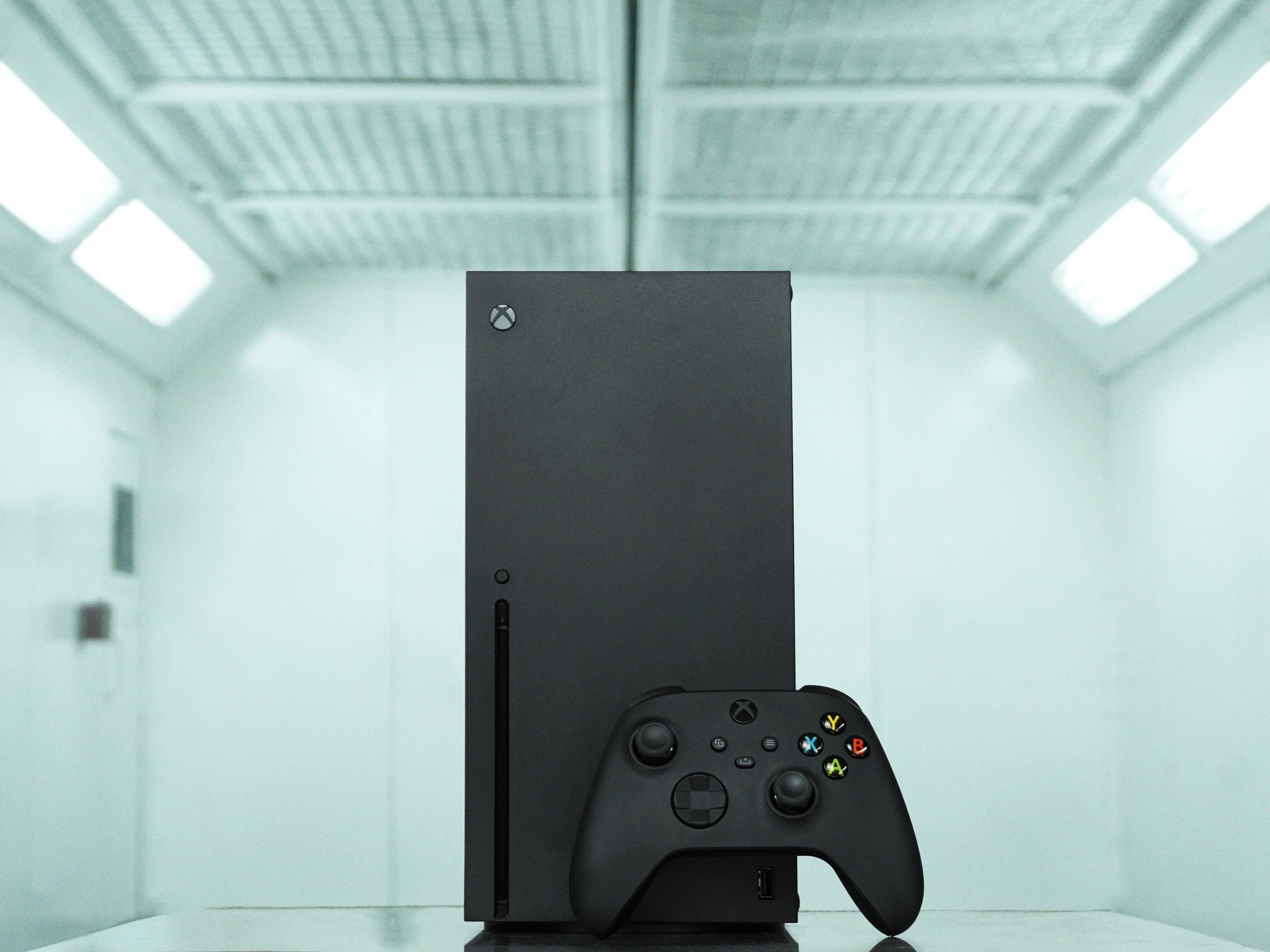

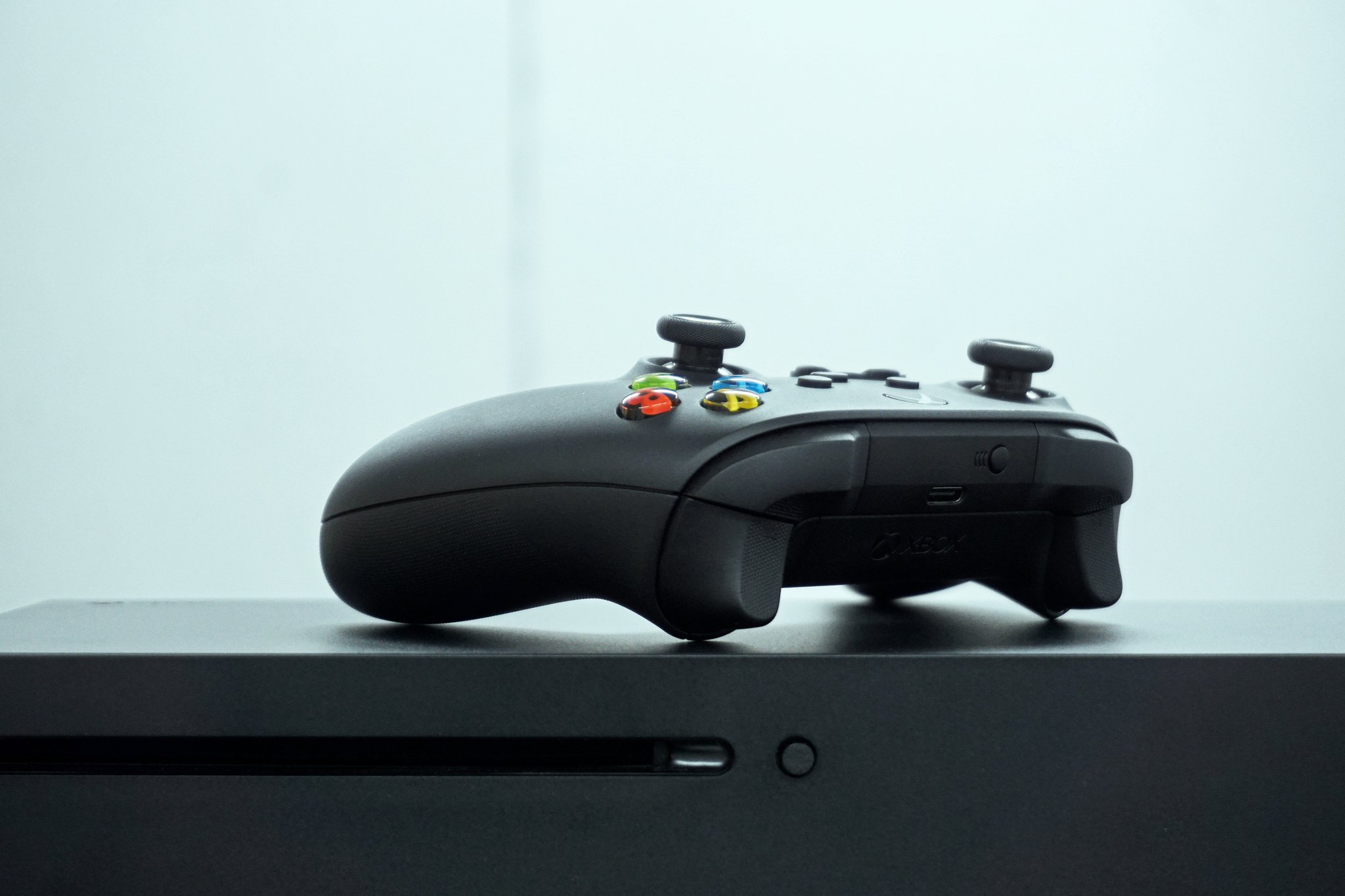
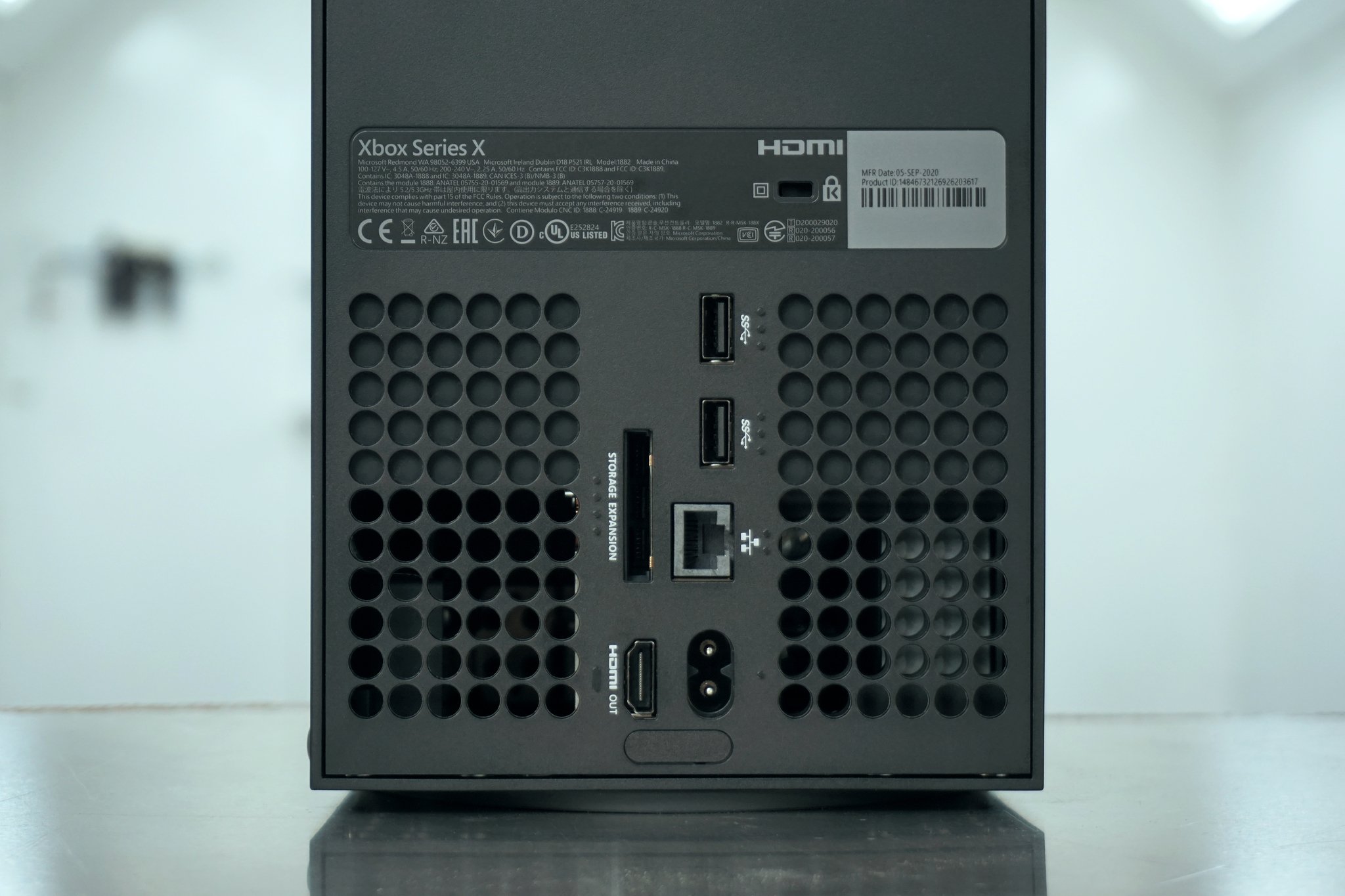
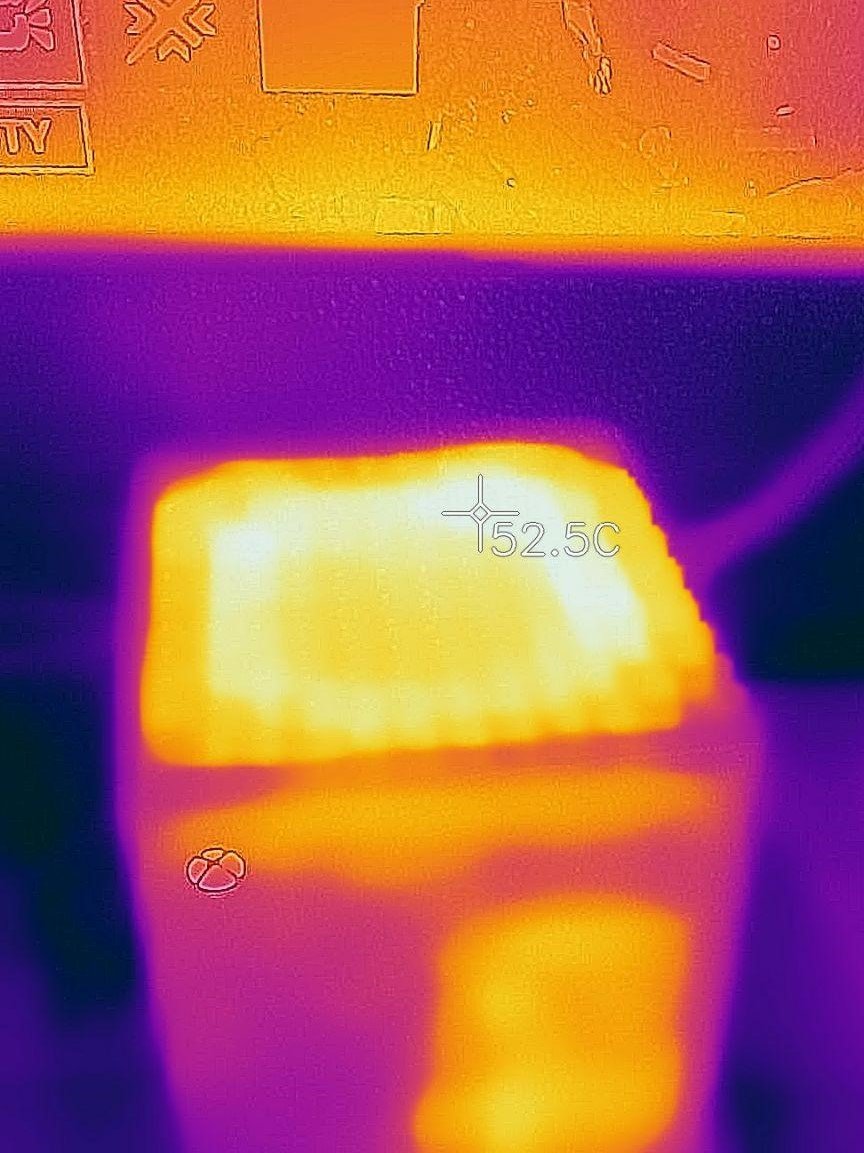
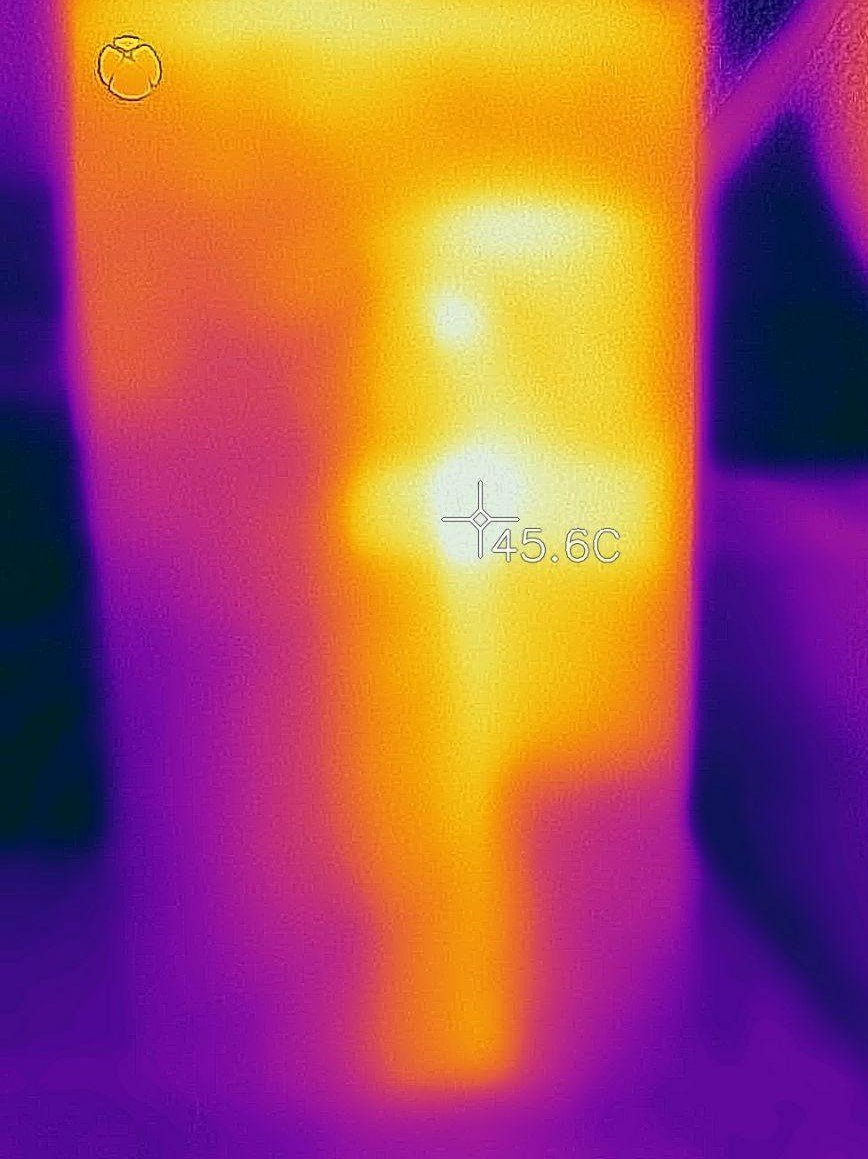
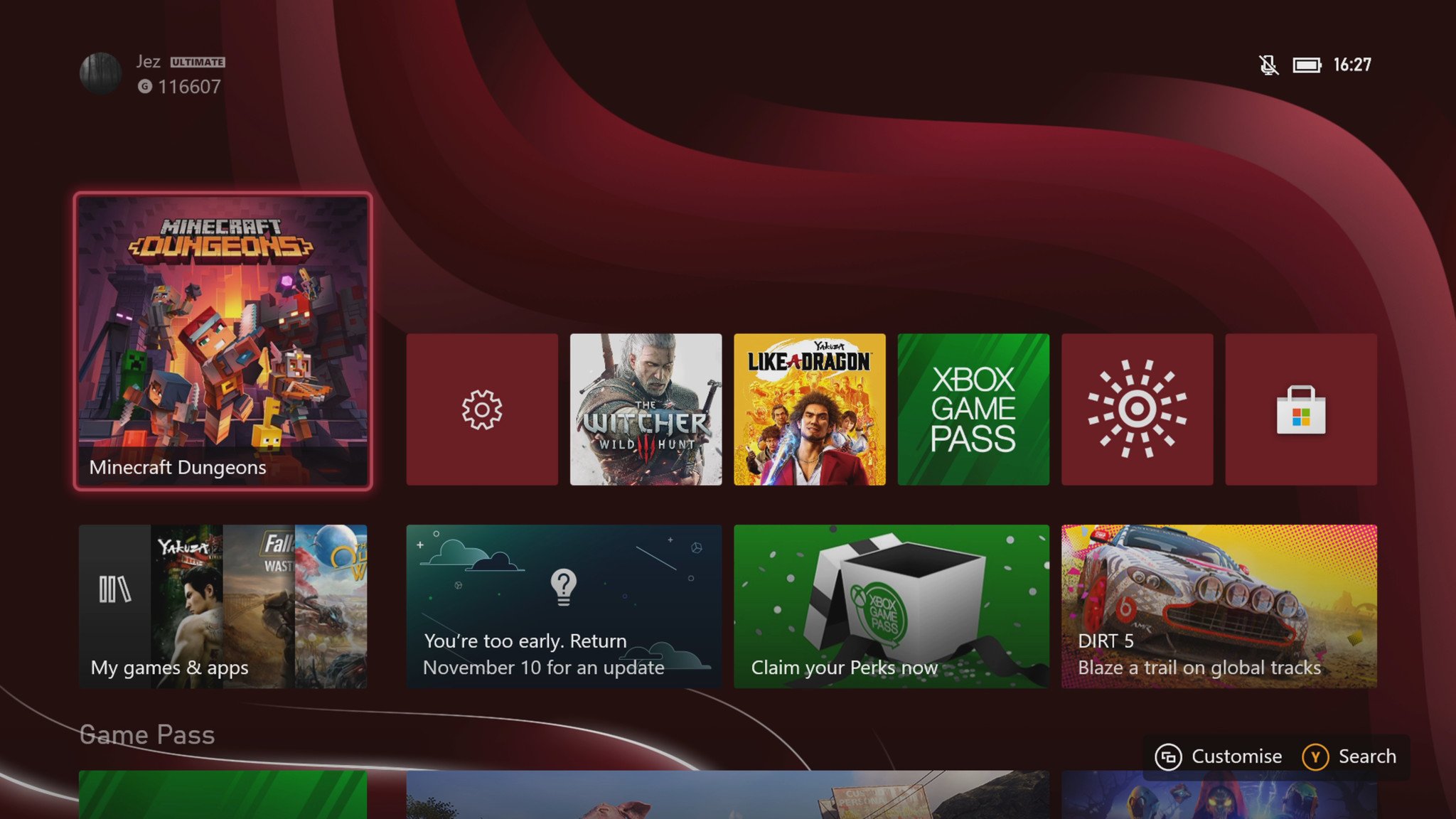
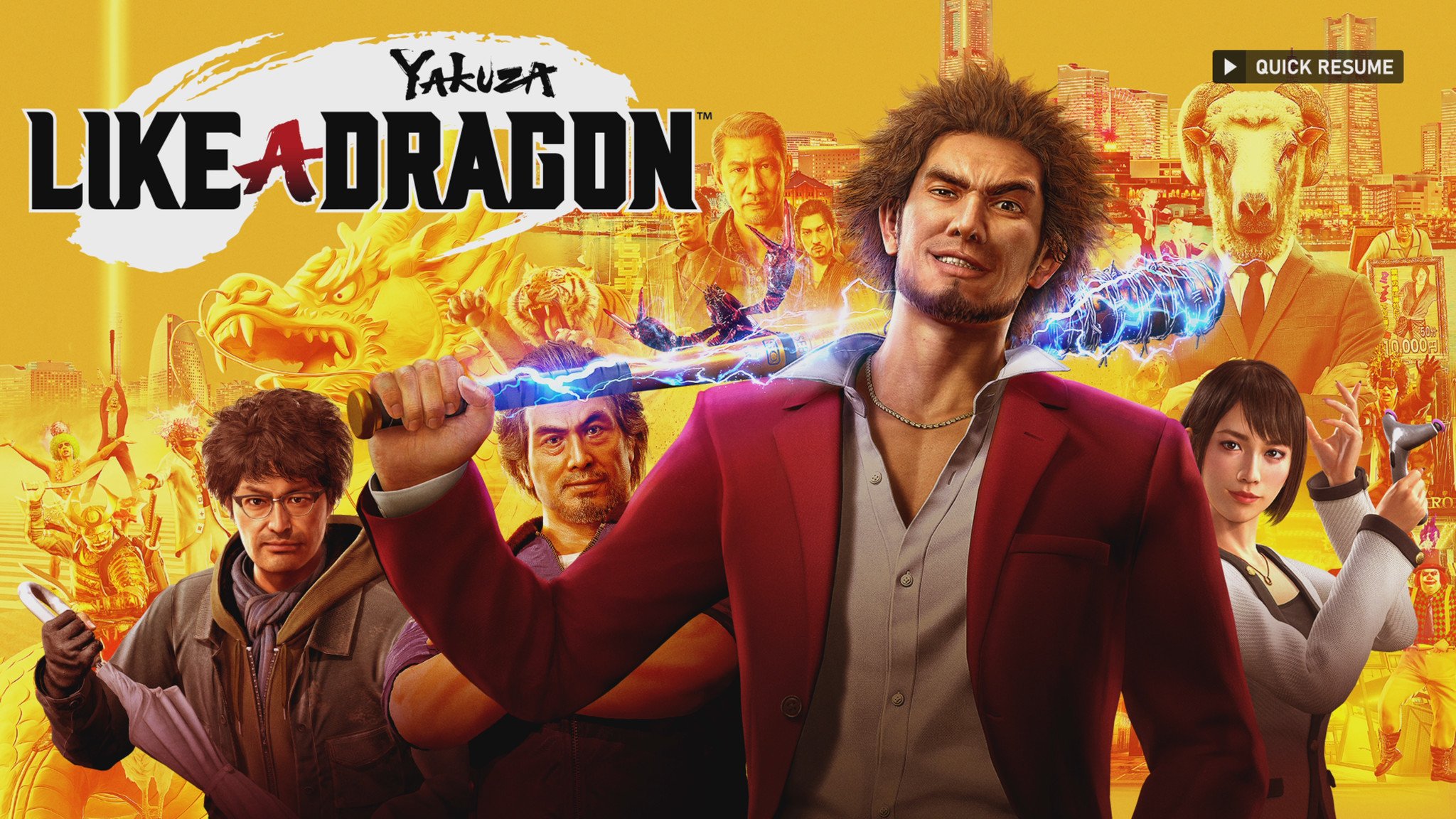
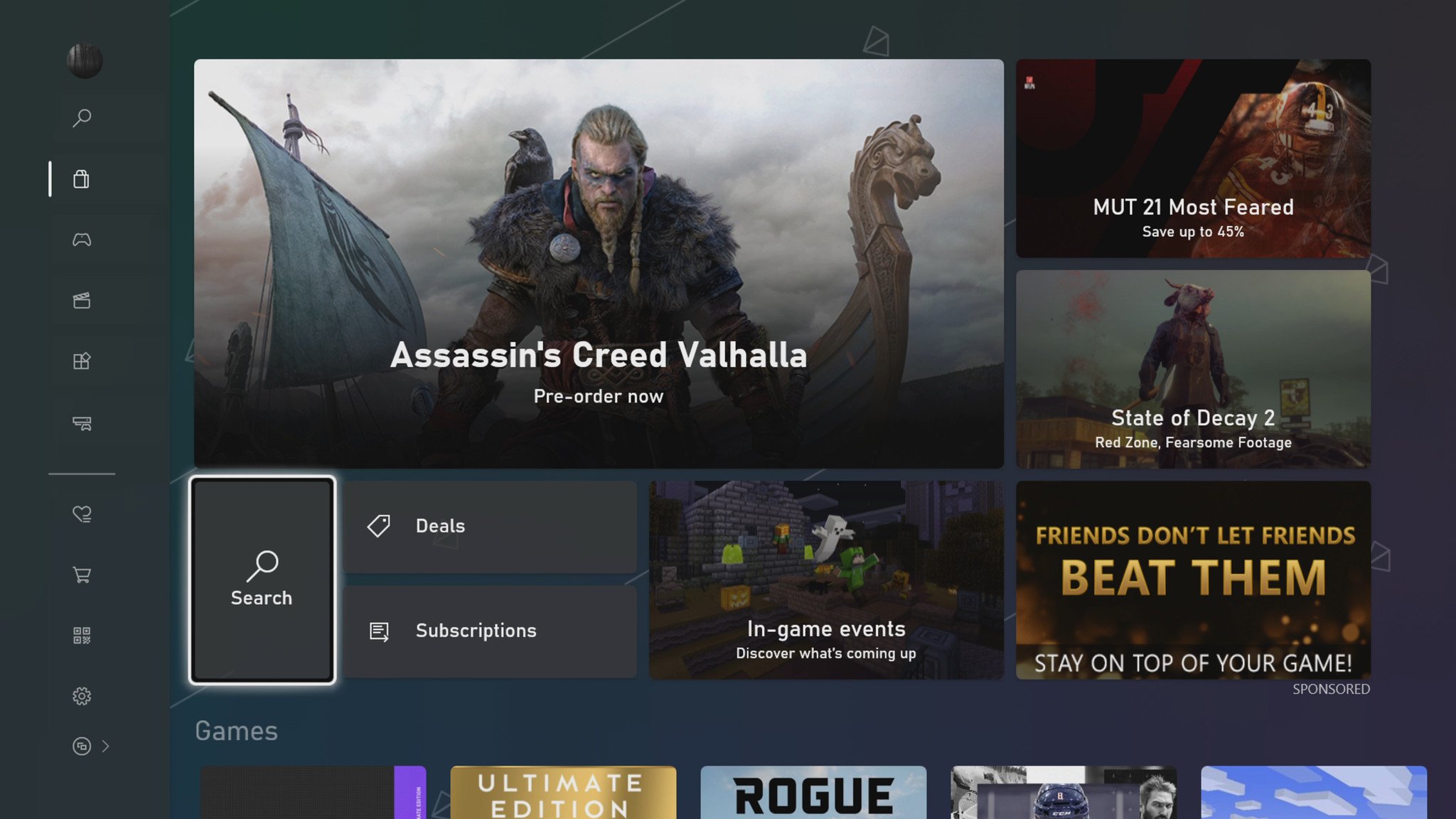


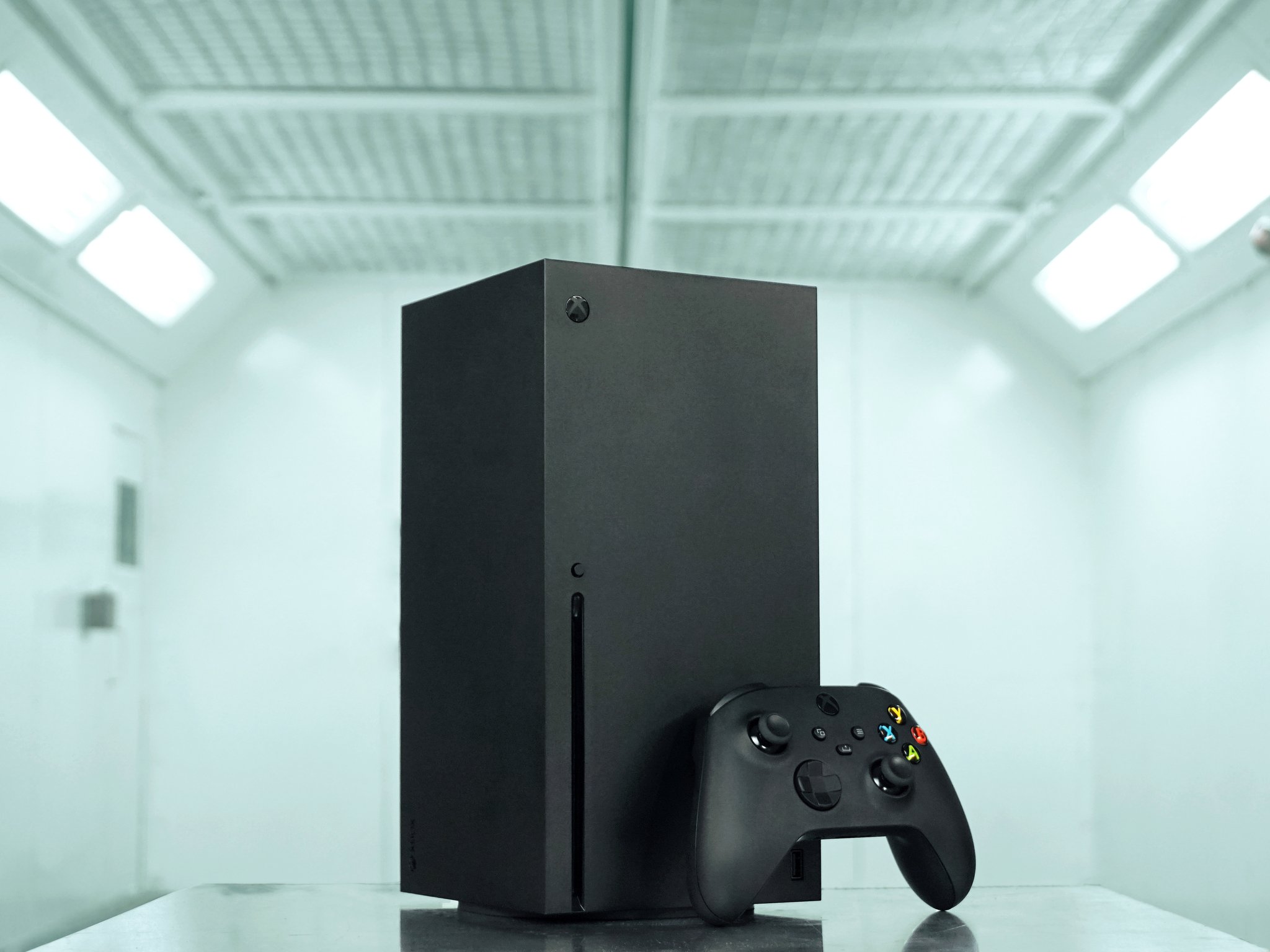
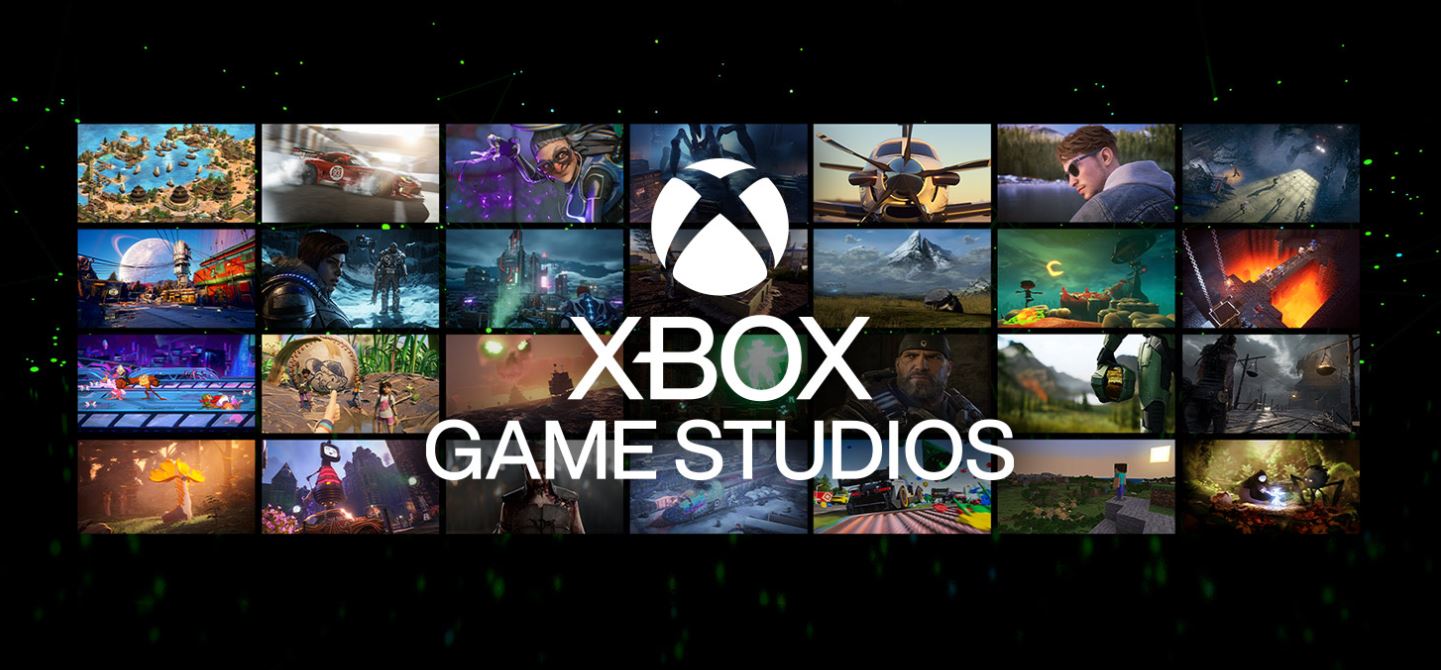
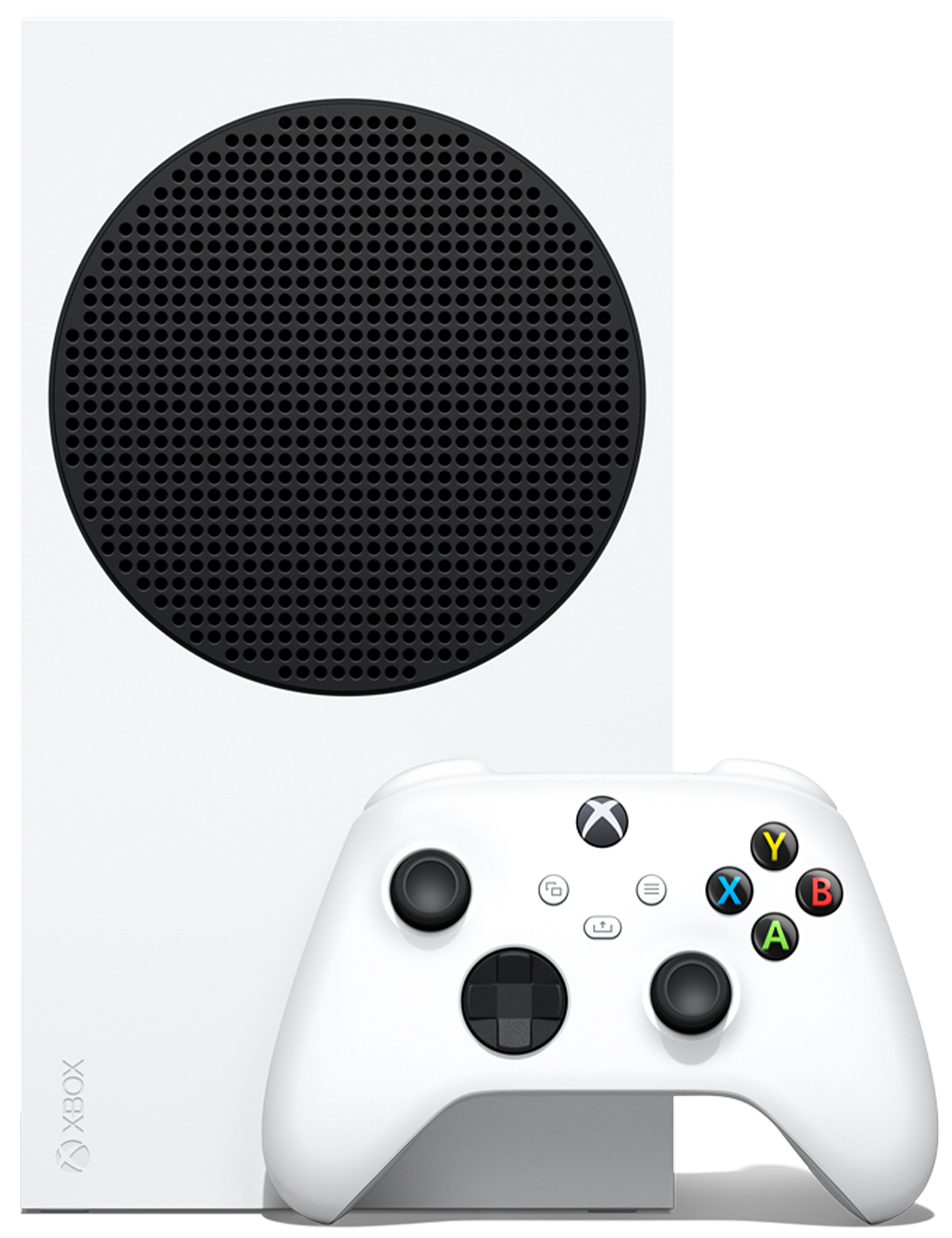
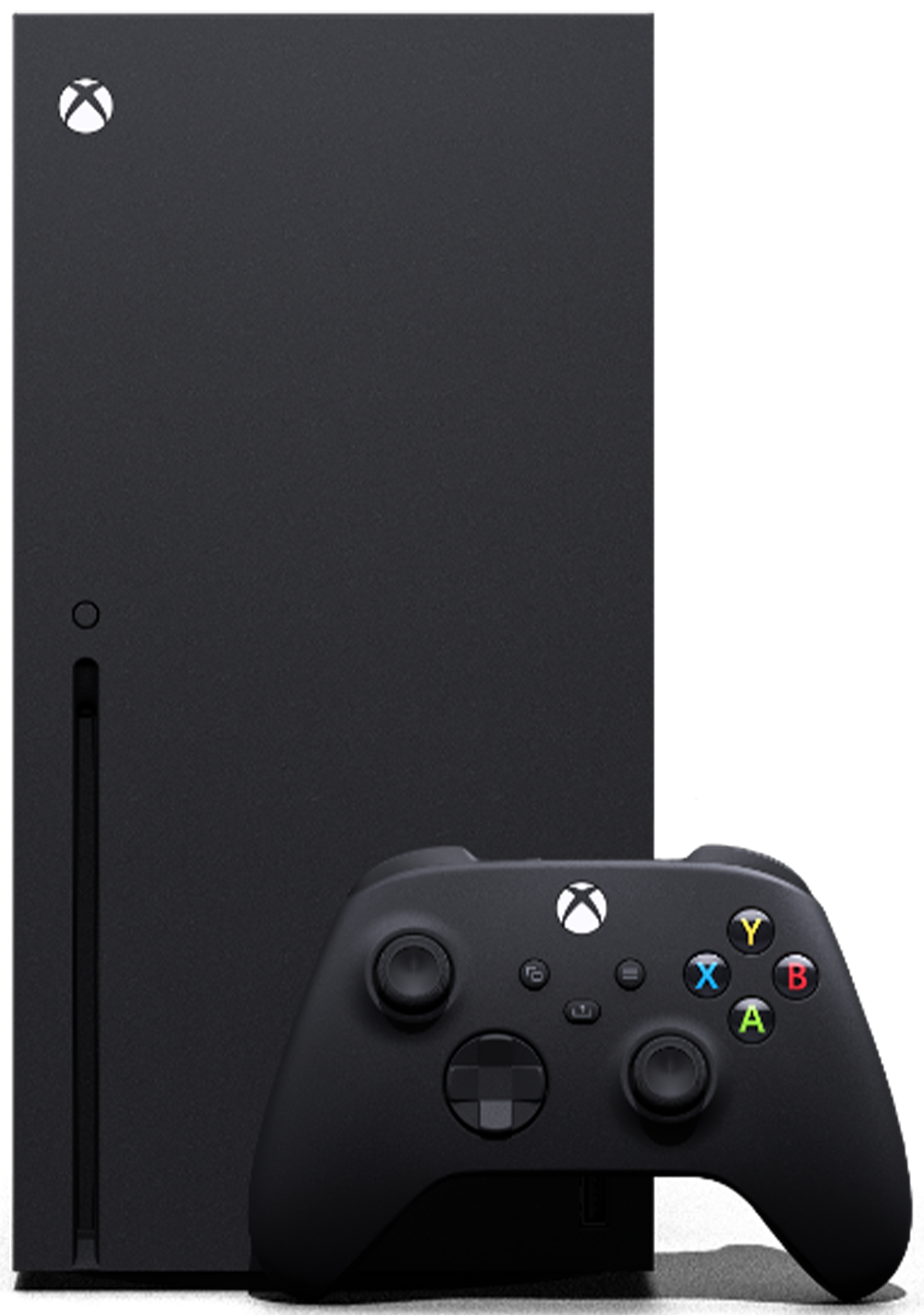


0 comments:
Post a Comment